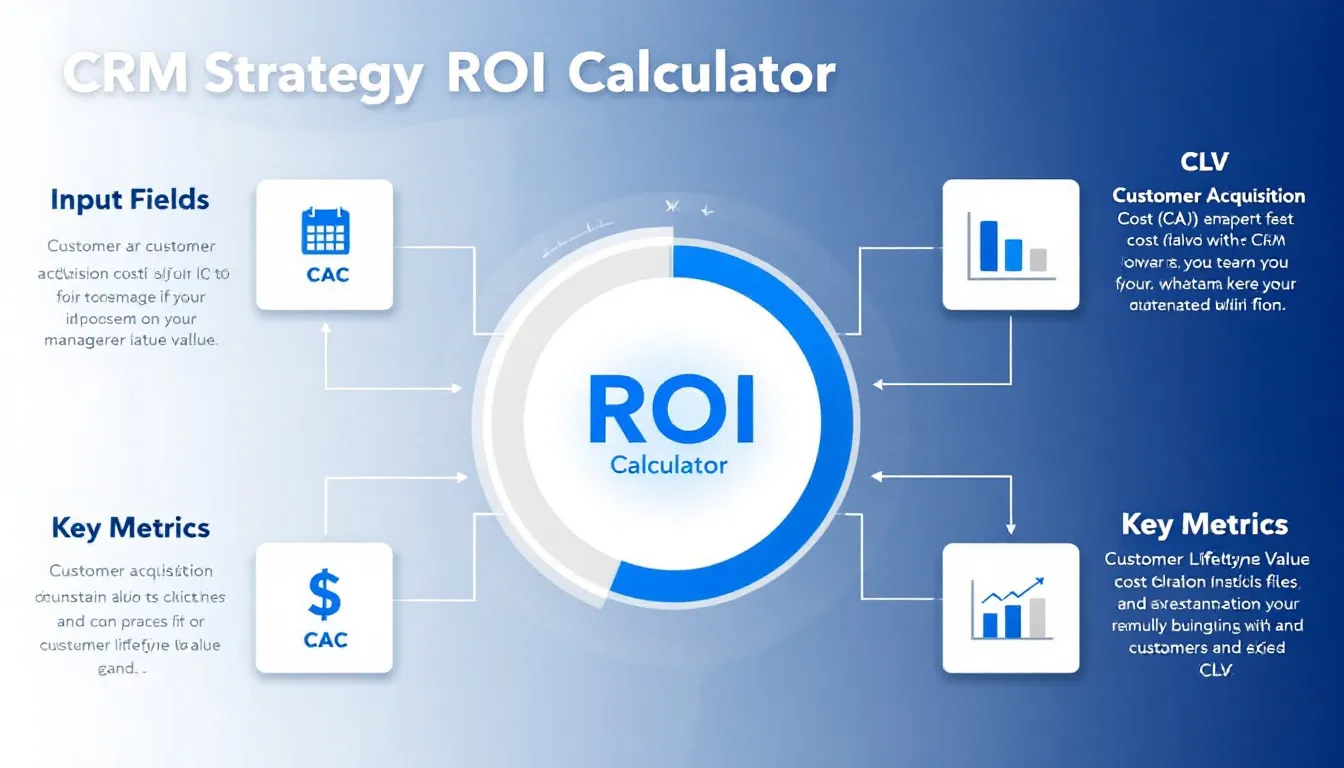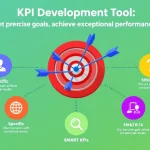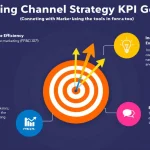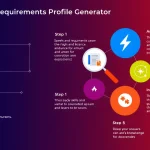Is this tool helpful?
How to Use the CRM Strategy ROI Calculator Effectively
Our CRM Strategy ROI Calculator helps you define and measure key performance indicators (KPIs) for your customer relationship management initiatives. Here’s a detailed guide on using each field:
1. Type of Business or Industry
Enter your specific business sector to receive tailored metric recommendations. For example:
- Real estate agency focusing on luxury properties
- SaaS company providing project management solutions
2. Main Goals for CRM Strategy
Detail your primary objectives for implementing a CRM system. Consider including:
- Lead generation and conversion rate optimization
- Customer lifetime value enhancement
- Marketing campaign effectiveness measurement
3. Target Audience Description
Provide comprehensive information about your customer segments:
- Enterprise-level manufacturing companies with 500+ employees
- Health-conscious millennials in urban areas with disposable income
4. Core Values and Brand Positioning
Include your brand’s fundamental principles and market position:
- Emphasis on sustainability and ethical business practices
- Technology leadership and innovative solutions
Understanding CRM Strategy ROI Measurement
The CRM Strategy ROI Calculator is a sophisticated tool designed to help businesses quantify the success of their customer relationship management initiatives. It transforms qualitative goals into measurable metrics, enabling data-driven decision-making and performance tracking.
The ROI Formula
The basic formula for calculating CRM ROI is:
$$ROI = \frac{(Gains\:from\:CRM\:Investment – Cost\:of\:CRM\:Investment)}{Cost\:of\:CRM\:Investment} \times 100$$Benefits of Using the CRM Strategy ROI Calculator
1. Strategic Alignment
The calculator ensures your metrics directly align with business objectives by:
- Converting abstract goals into concrete measurements
- Creating accountability through quantifiable targets
- Enabling performance tracking against industry benchmarks
2. Resource Optimization
Optimize your CRM investment by:
- Identifying high-impact activities
- Allocating resources to profitable customer segments
- Reducing wastage in marketing spend
3. Performance Monitoring
Track progress effectively through:
- Real-time measurement of key metrics
- Early identification of improvement areas
- Data-driven strategy refinement
Solving Common CRM Measurement Challenges
Challenge 1: Customer Acquisition Cost (CAC)
$$CAC = \frac{Total\:Marketing\:and\:Sales\:Costs}{Number\:of\:New\:Customers\:Acquired}$$Challenge 2: Customer Lifetime Value (CLV)
$$CLV = Average\:Purchase\:Value \times Purchase\:Frequency \times Average\:Customer\:Lifespan$$Practical Applications and Use Cases
E-commerce Example
An online retailer using the calculator might focus on:
- Shopping cart abandonment rate
- Customer retention rate
- Average order value trends
B2B Service Provider Example
A consulting firm might measure:
- Lead qualification efficiency
- Contract renewal rates
- Client satisfaction scores
Industry-Specific Metrics
Retail Sector
- Repeat purchase rate
- Customer satisfaction index
- Market basket analysis
Financial Services
- Cross-selling success rate
- Customer profitability analysis
- Risk assessment accuracy
Frequently Asked Questions
What are the most important CRM metrics to track?
Key metrics typically include customer retention rate, customer satisfaction score (CSAT), net promoter score (NPS), and customer lifetime value (CLV). The importance of each metric varies based on your business model and goals.
How often should I review my CRM metrics?
Regular monthly reviews are recommended for operational metrics, while strategic KPIs should be evaluated quarterly. This allows for timely adjustments while maintaining strategic focus.
Can I use the calculator for different business models?
Yes, the calculator adapts to various business models, including B2B, B2C, subscription-based services, and traditional retail, providing relevant metrics for each type.
How do I interpret the results?
Results should be analyzed in context with your industry benchmarks, historical performance, and specific business goals. Look for trends and patterns rather than isolated numbers.
Should I focus on all suggested metrics?
Start with 3-5 core metrics that directly align with your primary business objectives. As you master these, gradually expand your measurement framework.
How do I set realistic targets for my CRM metrics?
Begin with industry benchmarks and your historical data. Set incremental improvement goals that challenge your team while remaining achievable.
Advanced Metric Considerations
Customer Engagement Depth
$$Engagement\:Score = \frac{(Interaction\:Frequency \times Weight) + (Response\:Rate \times Weight)}{Total\:Possible\:Score}$$Revenue Impact Analysis
$$Revenue\:Impact = (Increase\:in\:Customer\:Base \times Average\:Revenue\:per\:Customer) – Implementation\:Costs$$These advanced metrics provide deeper insights into CRM effectiveness and help justify continued investment in customer relationship initiatives.
Best Practices for Metric Implementation
1. Data Quality Management
- Establish consistent data collection processes
- Regular data cleansing and validation
- Standardized reporting formats
2. Stakeholder Communication
- Regular metric review meetings
- Clear visualization of results
- Action-oriented reporting
3. Continuous Improvement
- Regular metric relevance assessment
- Benchmark updates
- Strategy refinement based on insights
Important Disclaimer
The calculations, results, and content provided by our tools are not guaranteed to be accurate, complete, or reliable. Users are responsible for verifying and interpreting the results. Our content and tools may contain errors, biases, or inconsistencies. We reserve the right to save inputs and outputs from our tools for the purposes of error debugging, bias identification, and performance improvement. External companies providing AI models used in our tools may also save and process data in accordance with their own policies. By using our tools, you consent to this data collection and processing. We reserve the right to limit the usage of our tools based on current usability factors. By using our tools, you acknowledge that you have read, understood, and agreed to this disclaimer. You accept the inherent risks and limitations associated with the use of our tools and services.







